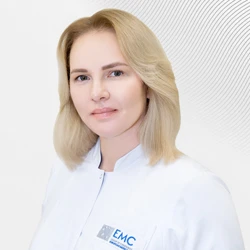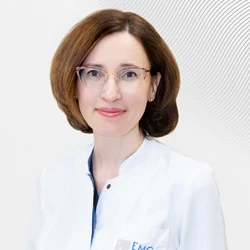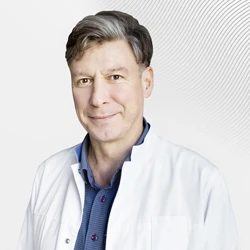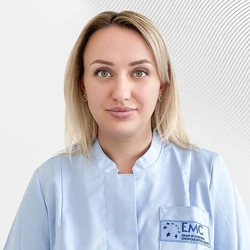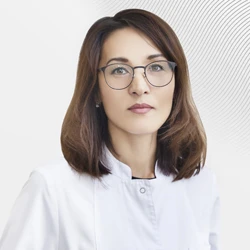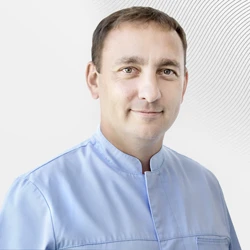Seizures are often observed in children and adults. According to the World Health Organization, up to 10% of the world's population experiences at least one seizure during their lifetime. Seizures are most often observed in childhood and old age.
Epilepsy is a chronic disease with repeated convulsive and non-convulsive seizures that occur due to excessive electrical discharges in the brain. There are many forms of epilepsy with different clinical manifestations and causes, from hereditary diseases to the effects of brain injuries. Currently, a separate field dedicated to epilepsy has emerged in neurology — epileptology. A neurologist specializing in the diagnosis and treatment of epilepsy is called an epileptologist.
What do seizures look like?
Dozens of types of seizures are described in the specialized literature, and even more — their combinations, so it is worth limiting ourselves to the basic concepts. The most well-known are the so-called generalized tonic-clonic seizures with loss of consciousness, tension and twitching throughout the body. In addition, there are myoclonic seizures, which are short twitches throughout the body or in any part of it, often without a change in consciousness - for example, twitching of hands with objects falling out of them, or a sudden fall as from a blow under the knees.
Tonic seizures are manifested by prolonged muscle tension in any part of the body.
In children, an attack can often look like tension and trembling of the arm, half of the face with speech impairment while maintaining consciousness.
At an early age, special seizures are often observed — spasms, which are short-term tremors with spreading of the limbs, or vice versa, "clenching into a ball", repeated several times in a short time.
One of the most common types of seizures is abscess, in which the child freezes and does not respond to treatment.
An important sign during an attack is an asymmetry of movements, for example, turning the head and eyes to the side, lifting and straining one arm, twitching the corner of the mouth on one side. This may indicate the focal nature of the attack, that is, its connection with a specific limited area of the brain.
It is very important to remember the patient's appearance during an attack, even better - to record the attack on video - a mobile phone camera will be enough. The typical pattern of seizures often makes it possible to assess the prognosis from the very beginning and determine the need and possibility of treatment.
Are seizures always associated with epilepsy?
Not necessarily at all. Seizures of various kinds — convulsive and non—convulsive - can occur in children with fever (febrile seizures), poisoning, dehydration, head injuries, and circulatory disorders. In addition, it can be difficult to distinguish from seizures fainting spells, sleep disorders, some forms of migraines, various motor disorders, and psychological disorders. An important difference between paroxysms in most of these disorders and epileptic seizures is the association with a provoking factor or an acute damaging effect (injury, poisoning, overheating). In epilepsy, seizures in most cases are spontaneous or caused by simple stimuli (flashes of light, deep forced breathing).
Risk of recurrent seizures
For a healthy child, the risk of recurrence of spontaneous seizures is 24% within 1 year. If there are previous neurological disorders (for example, cerebral palsy), the probability of a repeat attack within a year is 37%, and if the attacks were repeated during the day — 70%. However, if the attack was accompanied by an acute condition (overheating, infection, injury), the risk is usually many times lower.
What should I do when I have seizures?
In most cases, seizures end on their own within a few seconds or minutes. Regardless of the cause of the attack, first aid is only to prevent injury and ensure free breathing. During an attack, the patient should stay away from heavy, unstable, stabbing and cutting objects. The patient should not be restrained by force. In no case should you try to unclench your jaws and pull out your tongue — it's useless. To ensure airway patency, it is sufficient to place the patient on his side with his face turned down. In this position, the tongue will not sink in and will not block the breath. Attempts to unclench teeth often result in injuries, and fragments of teeth can enter the respiratory tract and cause respiratory arrest, even death. It is usually impossible to avoid biting the tongue after the onset of an attack, and attempts to reach the tongue only lead to additional injuries. It is useless to give artificial respiration and heart massage to a person in a convulsive attack. Thus, all that is needed is to remove dangerous objects away from the patient, put him face down on his side and call an ambulance. At the same time, it is advisable to recall the recommendations for videotaping events - this can be done by an assistant.
After the end of the attack, the patient should be allowed to rest, drowsiness is possible. It is necessary to make sure that the patient has come to his senses, is oriented in the situation, there are no speech disorders and movements in the limbs are preserved (ask to answer simple questions, raise and hold his arms and legs). Until the complete disappearance of disorders of consciousness, you should not give anything to eat or drink in order to prevent food, water or medicines from entering the respiratory tract.
In some types of seizures (for example, absences and infantile spasms), emergency care is often not required at the time of the attack.
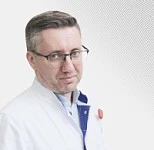







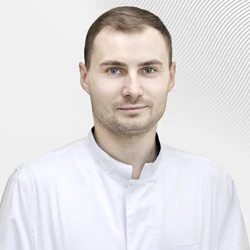
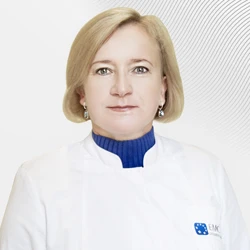
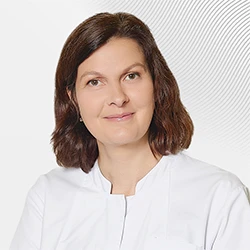
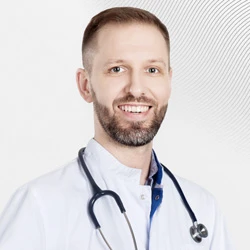
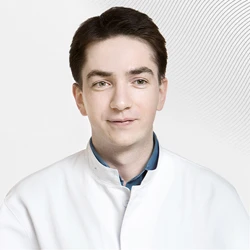
.webp)
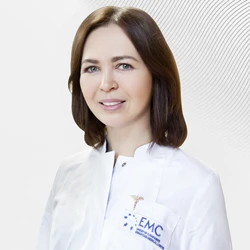
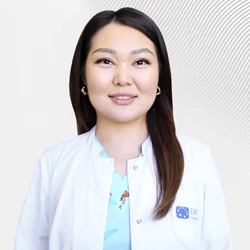
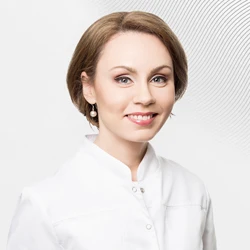

.webp)
